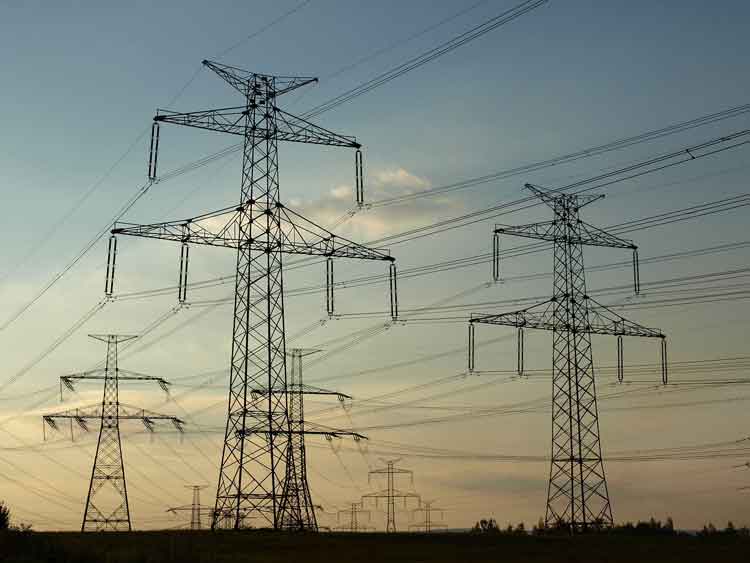It's time we started warming to geothermal
By Toronto Star
High Voltage Maintenance Training Online
Our customized live online or in‑person group training can be delivered to your staff at your location.

- Live Online
- 12 hours Instructor-led
- Group Training Available
The idea is that Canada – to be specific, western Canadian oil companies and power plant operators – will over time become experts in carbon capture and sequestration and a new industry will be born, creating exports to overseas markets like China.
This doesn't do much for Ontario and its struggling economy. We don't have oil-sands projects. Our coal plants are targeted to shut down. And even if we did keep the coal plants, the province's geology limits where huge volumes of liquefied CO2 could be stored.
But what if Ontario could develop the expertise, skills and technologies to develop a form of emission-free power generation that would displace the need for coal, and help move the world away from petroleum and toward grid-supplied electric transportation?
Why doesn't Ontario try to get into the geothermal power game? Not the kind of geothermal that uses heat pumps and provides heating and cooling in our homes; rather, the kind of geothermal where high heat found kilometres under the earth's surface can be used to generate electricity.
Done laughing?
Susan Petty, president of Altarock Energy Inc. in Seattle, says it's not as crazy as some people might think. As a comprehensive study out of the Massachusetts Institute of Technology concluded last year, there is useable heat everywhere we walk on this planet and more of it should be tapped. It's all a matter of how deep you drill, and how you go about bringing that heat to the surface using so-called enhanced geothermal systems, or EGS technologies.
Petty was part of the panel that conducted the study. After its release, she formed Altarock to practice what the study preached. "It's serious," says the 25-year veteran of the geothermal industry. "Our goal is to get to where we can do it anywhere, but that's going to require that we bring the cost down."
She looks at a map of Ontario and singles out a few potential spots. "In southern Ontario, near Lake Erie, they show some higher temperatures at depth." There are also locations just west of Ottawa and north of Peterborough, she adds.
In Landau, Germany, the world's first commercial EGS plant began operation last October. It's tapping temperatures of 155 degrees C about 4.5 kilometres below ground. Petty says the Landau project is dealing with depths and temperatures very similar to those found in parts of Ontario.
If that's the case, why aren't we giving this a shot? Lack of awareness, and the general belief it can't be done in Ontario, is one reason.
Policy is another. Germany, for example, has a renewable energy act that pays a fixed, long-term premium for all kinds of clean energy and encourages industry to experiment.
Another barrier is lack of data. "We can't know these things unless we get the data, and the only way to get the data is to drill deep holes," explains Petty. "We've got to get more holes in the ground."
Some data must exist somewhere. Talisman Energy, for example, does lots of natural gas drilling in Lake Erie. Union Gas is building underground natural gas storage in southwestern Ontario. Sarnia and neighbouring Petrolia, the birthplace of North America's commercial oil industry, would also have data on well temperatures. Likewise, anywhere there's deep mining in Ontario there would also be depth and temperature data.
All that should be aggregated by the government and analyzed, and new test holes need to be drilled where gaps in data exist. At the same time, the Ontario Power Authority could easily add geothermal power to its standard offer contract, offering a premium price for the power to anyone who can make it work.
"To do geothermal in Ontario the utility would need to pay something like 17 or 18 cents per kilowatt hour," says Petty. Others with their eye on the market estimate up to 30 cents would do the trick.
It's not outlandish. We're already paying 42 cents per kilowatt-hour for solar electricity, and that's for power that only flows when the sun is shining. Surely, the province could cough up 30 cents under long-term contract to help stimulate a handful of geothermal pilot projects. What's the harm in putting it out there and letting the market decide?











